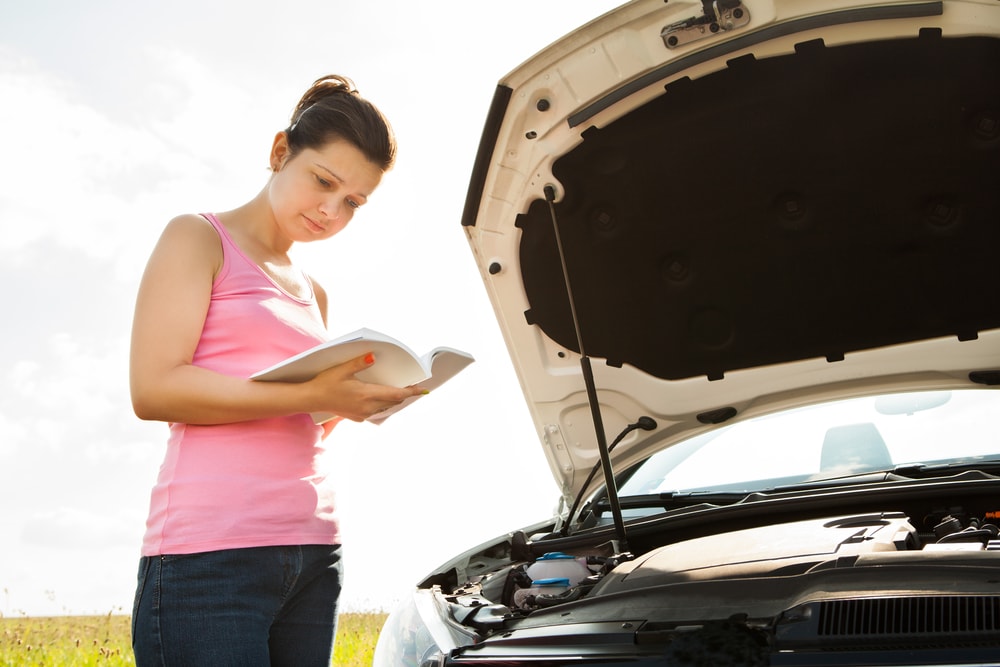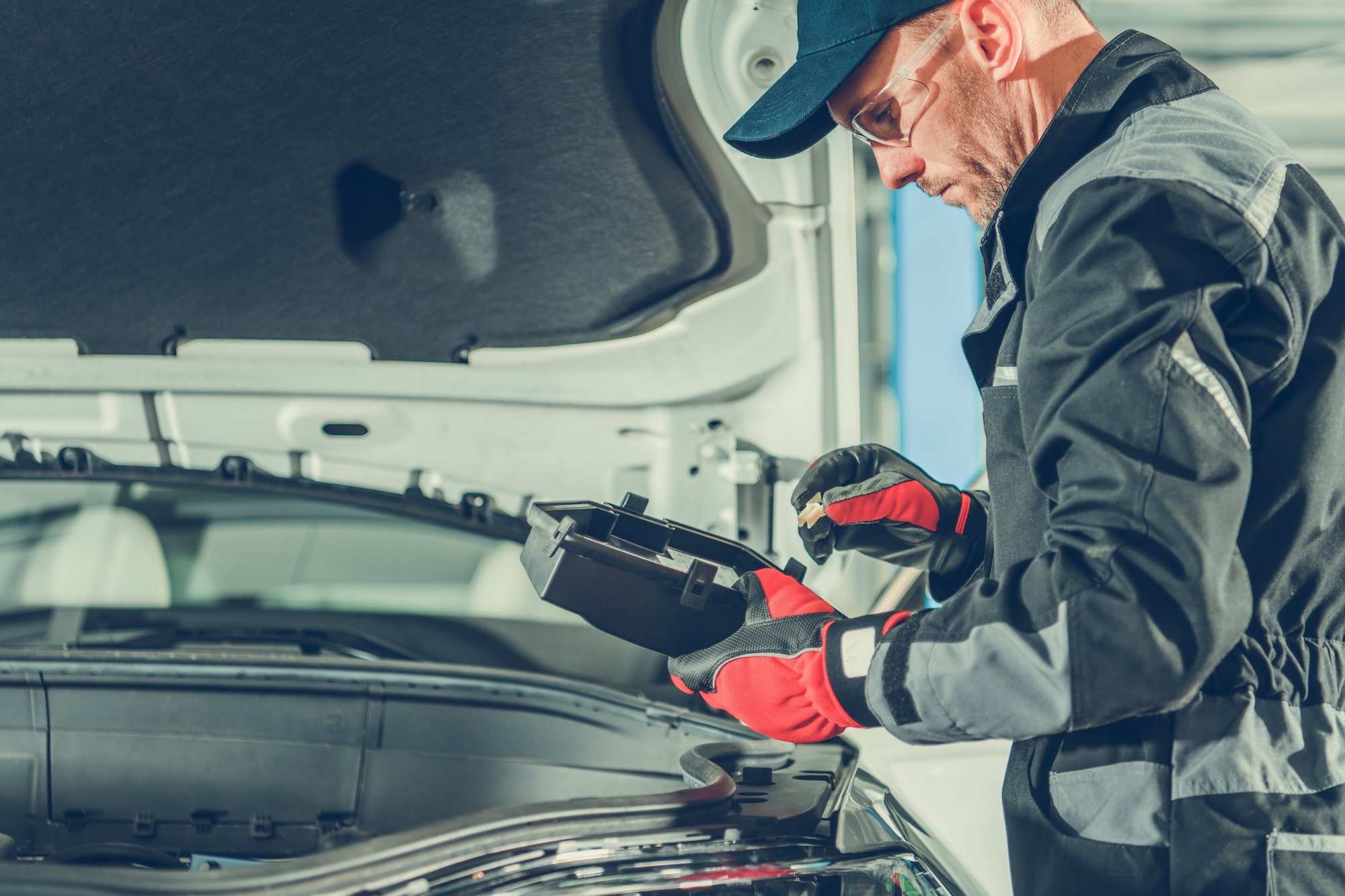Cars are incredibly complex beasts, so diagnosing even the simplest problems can be a complicated issue. The vast majority of us aren’t bothered to become fluent in the automotive language. We buy our Camry’s and Accord’s and we go on our way picking up the groceries, the kids at school, going to work, point A to point B.
But what happens when you hear a weird sputter? Or you begin to smell a funny odor whenever you turn on the engine? Mechanics are notorious for sniffing out car novices and ripping them off, so even possessing the semblance of knowing what you’re talking about can potentially save you some cash, and, depending on the level of your self-esteem, some dignity.
Diagnosing car problems, even in the most basic sense, can be done by anyone – no matter how proficient they are with the automotive dos and don’ts. All you will need is your senses, well, maybe not taste but you know what I’m getting at. Let’s start checking off what you should do to diagnose car problems!
Give it a Sniff
If your car starts to emit a weird smell, then there’s probably something wrong with it. Other than that new car smell, your cabin should have a neutral smell at all times.
Coolant smells uniquely sweet, so if you smell a sweetness in the air, your coolant is probably leaking and your engine runs the risk of overheating due to the leak not keeping it properly cooled.
Sulfur has a pungent smell. Kind of like sewage, mostly like rotten eggs. The source of this smell will most likely be your car battery due to it containing sulfuric acid. When your battery gets old, the water can evaporate away leaving an imbalance between the water and sulfuric acid – causing the acid-y smell to be invade your cabin.
This one seems obvious, but when your car smells of exhaust or fuel, then you probably have a hole in your exhaust system. If you smell this you should get your car to your mechanic ASAP. Exhaust has oodles of carbon monoxide which can render you unconscious if you inhale too much of it. So, if you have to use your car with this problem, make sure to roll down your windows to get some good circulation going.
Where there’s smoke, there’s fire. Stop the car and check the vehicle out. Pop your hood and make sure everything is still intact. Pay special attention to the engine bay near the seals and gaskets to see if there are any damp spots – which means there’s a leak and the fluid is burning up on the engine. The other popular cause of the burning smell is old brake pads. If you notice the smell when you’re braking that’s the buildup of friction causing your brakes to overheat. If you absolutely need to, downshift to slow down as an alternative to braking.
Mold. Gross. We don’t know about you but the idea of mold is super effective in causing me to NOPE out of situations where it’s present. The cabin air filter could be the cause of this one. Wet, old, damp floor mats could also be the cause. Fortunately, these causes are pretty easy to fix.

Keep an Open Ear
Sputtering, creaking, squeaking, clunking, ticking, popping, grinding. There’s a lot to differentiate here. A worn out suspension can create creaking sounds while rapid ticks can mean there’s an issue with your timing belt under the hood. When your engine pops or creates a loud banging sound, then it probably backfired. If your engine backfires, you should take it to the shop immediately.
Get Hands-On
Don’t go groping around your cabin or anything like that, instead, feel for unusual vibrations. Misaligned or out of balance wheels can cause your car to vibrate. Worn-out mounts can also cause your engine to vibrate the body of your vehicle as well. A shoddy suspension system can also vibrate your car.
Your car should only go in one direction – the direction which you direct the wheel. If you go hands free and notice your car pulling to the left or right, then there’s something wrong with either your wheels, tires, suspension, or steering. We once saw an old and used Nissan Xterra do this, and let us tell you, it’s an annoying bug! If you are experiencing this, firs thing is first, check to see if your tires are inflated. If that’s good to go then it might be that one of your shocks are failing. So if you notice that your ride is particularly bumpy on top of the car pulling to a given direction – old shocks are probably the culprit.
Being able to brake properly is probably the most important function of your car, other than being able to accelerate. If your braking feels “loose” or doesn’t respond as well as it once did, then there’s probably an issue with the brake lines or brake fluid.
Keep Your Eyes Peeled
We’ve saved the easiest for last. Just visually examine your car. Keep in mind the warning lights, and, more importantly, take your car in when one of them lights up. Whenever you pull out of your garage, car port, or parking spot – check to see if there was any fluids forming puddles from under your car. It could be numerous things: braking fluid, coolant, steering fluid, oil – leaks are nothing to scoff at.

Cars are complex creatures. Some of us don’t have the proper knowledge to be able to tell if something is wrong. If that’s the case, use this list! Keep in mind we only focused on the most popular causes of concern when troubleshooting your car. This list is not the end-all/be-all. That’s why we recommend having a solid back-up option like a car warranty. That will spare you some of the hassle of mediating with mechanics. Coverage offers peace of mind! So don’t hesitate to have us help you find an extended car warranty provider. Their service protects you from the worries of your car potentially breaking down!


